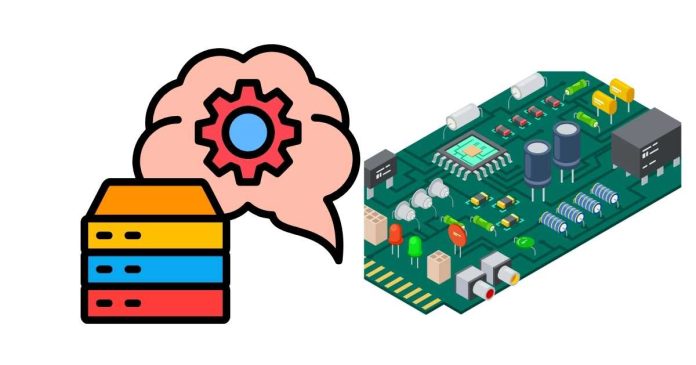Dynamic memory allocation refers to the process of allocating memory at runtime, as opposed to static memory allocation, which happens at compile time. In dynamic memory allocation, the program requests memory from the operating system while it is running, and this memory can be used for variables or data structures that might not have a predetermined size when the program is written.
Here’s how it works in general:
- Memory is allocated from the heap: The heap is a region of memory used for dynamic memory allocation.
- Requests are made via specific functions: In languages like C or C++, dynamic memory allocation is done using functions like
malloc(),calloc(),realloc(), andfree(). These functions allocate or deallocate memory based on the program’s needs.
For example, in C:
int *arr = (int*)malloc(sizeof(int) * 10); // Allocating memory for 10 integers
The memory allocated dynamically can be freed once it’s no longer needed, helping prevent memory leaks.
Advantages of dynamic memory allocation include flexibility and efficient use of memory, but it also introduces complexities such as memory management and the risk of memory leaks if memory is not freed properly.


